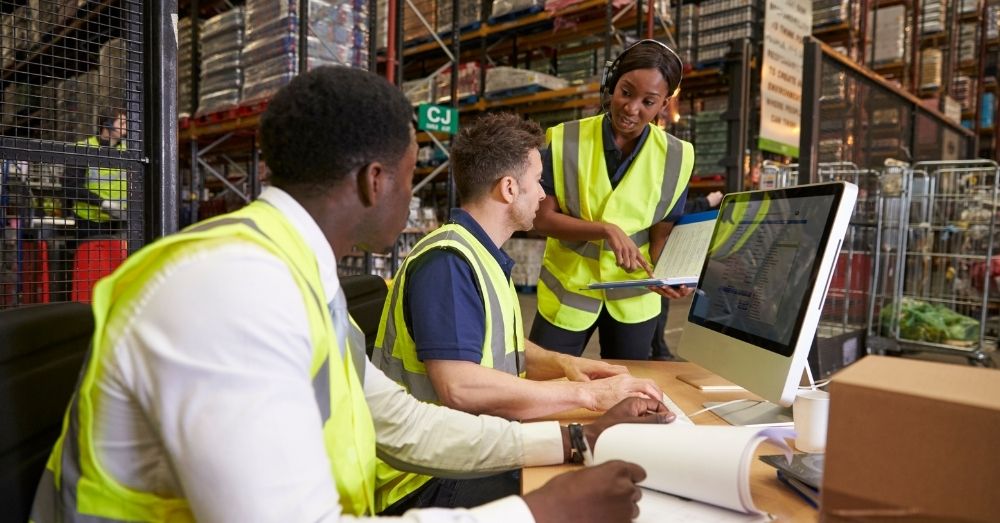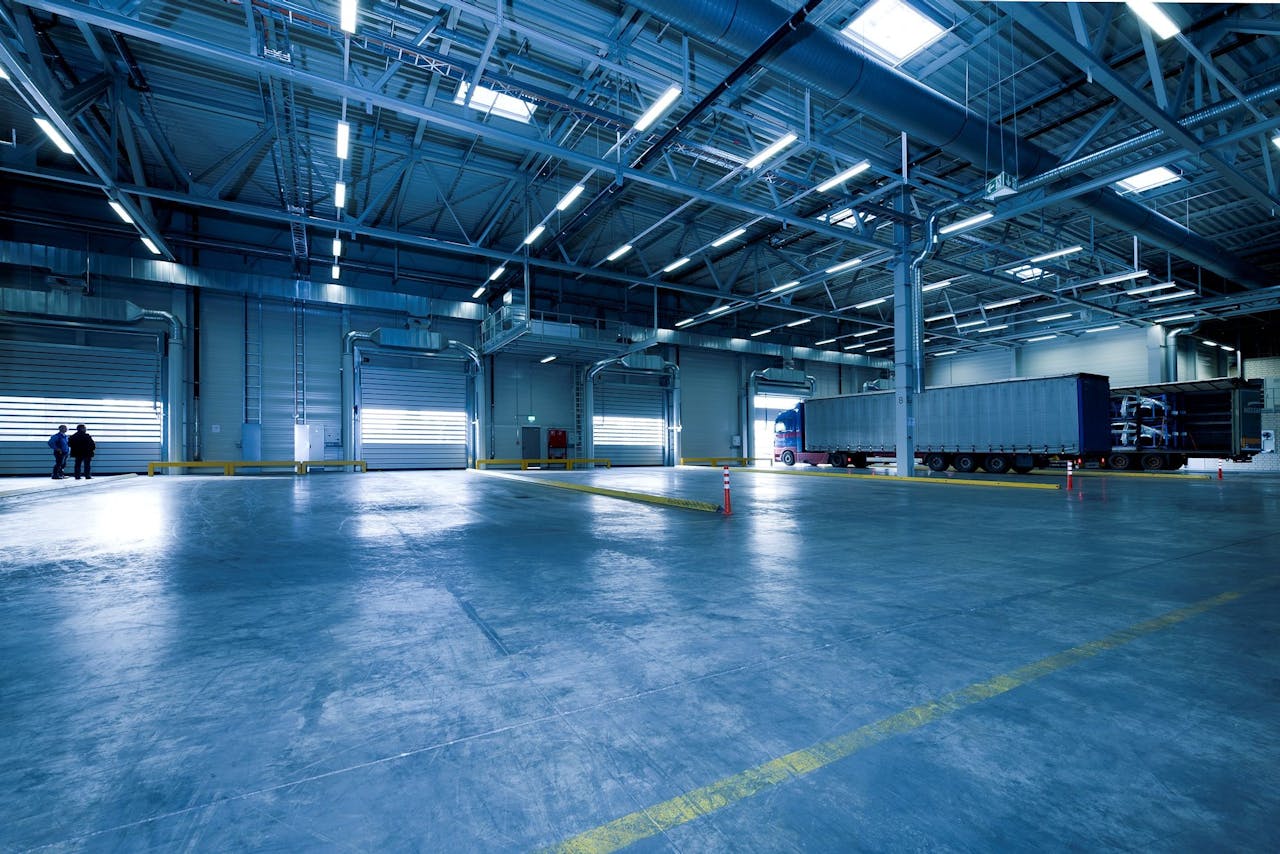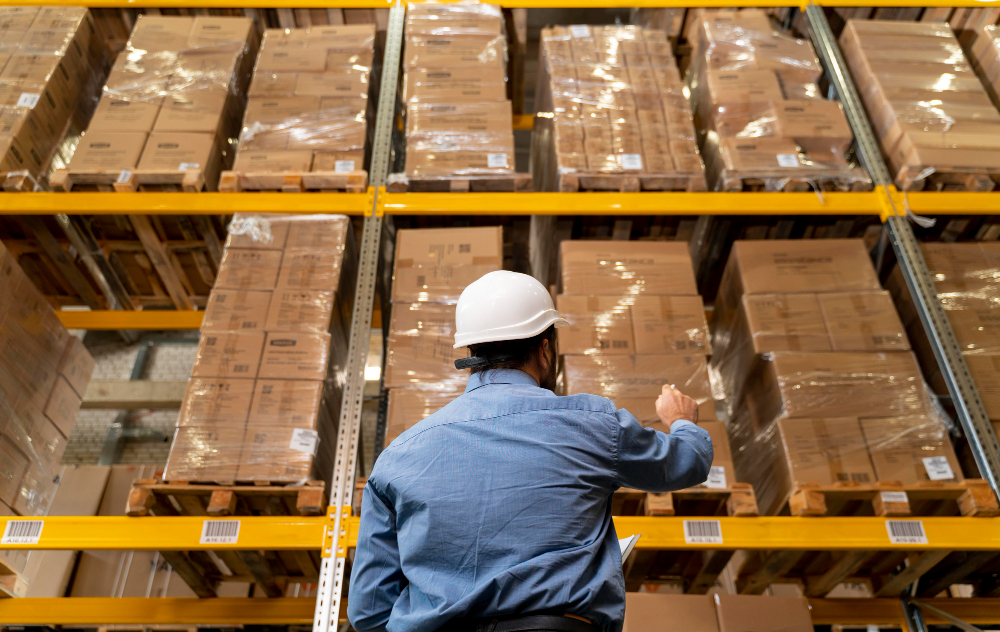Blogs | 3PL Warehouse By Best

How Heavy Haul Trucking Supports Warehouse Operations in New York
Every warehouse in New York depends on steady access to oversized equipment, industrial materials, and specialized machinery—and heavy haul trucking is what makes that possible.

7 Best Practices for Heavy Haul Trucking and Oversized Loads
Transporting oversized loads takes more than strong trucks—it requires careful planning, skill, and precision. Heavy haul trucking is essential for moving large machinery, equipment, and materials that can’t fit standard trailers. Because these loads are bigger and heavier, they involve added risks and strict regulations.

What Is Heavy Haul Trucking? A Complete Guide to Moving Oversized Loads
Moving massive equipment or oversized cargo isn’t as simple as loading it onto a standard truck. That’s where heavy haul trucking comes in—a specialized service designed to transport loads that exceed normal size or weight limits safely and efficiently. From construction machinery to wind turbine components, this type of trucking plays a crucial role in keeping large-scale industries running smoothly.

FCFS Meaning: What Does First Come, First Serve Mean In Logistics?
Understanding FCFS meaning is essential for any business relying on efficient deliveries and quick turnaround times. This scheduling model is especially valuable for companies managing operations through a busy warehouse in New York, where precision and speed determine success.

What is White Glove Service? A Guide to Premium Delivery Care
When customers invest in premium products, they expect a delivery experience that reflects the same level of care and attention as the product itself.
That’s where white glove service comes in—a delivery approach defined by precision, professionalism, and personalization. Instead of simply dropping off a package, white glove delivery ensures every item is handled, assembled, and placed with expert care.

10 Common Types of Warehouses and Their Uses
In logistics, warehouses are the beating heart of the supply chain. Whether you’re managing inventory for an eCommerce store, storing raw materials, or handling international shipments, choosing the right warehouse type can determine how efficiently your operations run. From traditional storage spaces to tech-powered fulfillment centers, each warehouse serves a unique purpose.

Green Logistics: Sustainable Practices in Warehousing and Transportation
The future of supply chains is green. In fact, the global green logistics market is projected to reach nearly USD 3.4 trillion by 2034, proving that sustainability is becoming the new standard for supply chains.

Beyond Storage: Value-Added Services Every 3PL Warehouse Should Offer
Warehousing has come a long way from being just a place to store products. Today’s competitive market—especially in hubs like NYC—demands that businesses partner with third-party logistics (3PL) providers that offer much more.

Outbound Warehouse Management: How 3PLs Streamline the Shipping Process
The efficiency of outbound warehouse management determines how quickly and accurately products reach customers. For businesses that rely on 3PL (third-party logistics) providers, optimizing the outbound process in warehouse operations is essential for reducing costs, improving customer satisfaction, and staying competitive in the U.S. market.
